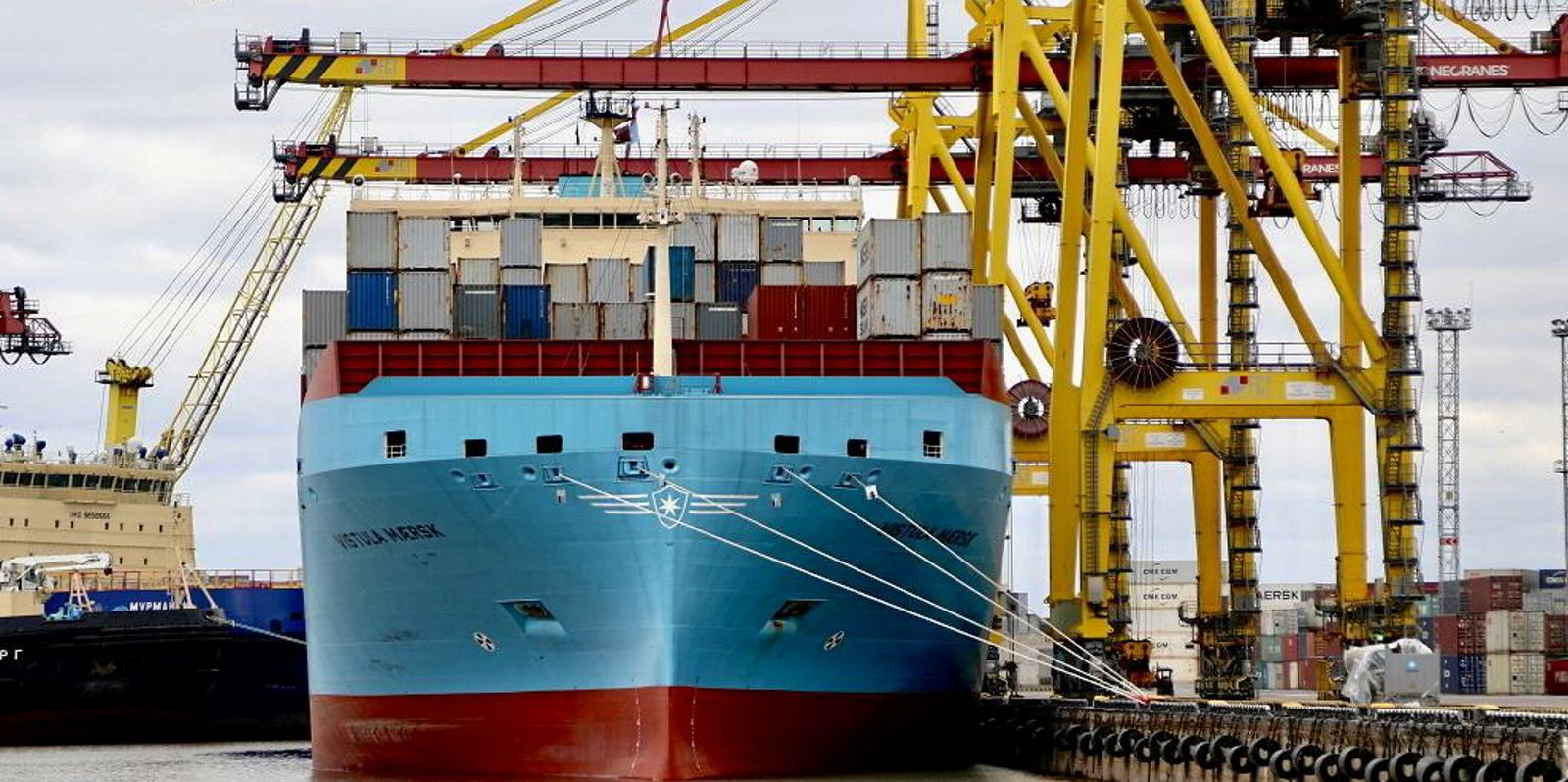Global shipping giant Maersk completed its last cargo operation at a Russian port on May 2 and has now withdrawn all services into and out of the country.
Parent company AP Moller-Maersk’s decision to completely withdraw from the Russian market is proving costly.
Maersk has executed bookings already accepted since the invasion, while stopping all new bookings to and from Russia and Belarus, the company said.
But the Danish firm's disengagement from Russia has meant writing down all of its terminal, shipping and logistics assets in the country.
As a result, Maersk’s terminal division will take a $485 million (€460 million) hit on operating earnings in the first quarter.
In addition to individual shipping company decisions to cease moving goods to and from Russia, several countries have banned Russian vessels from landing at their ports.
On Feb. 28, the UK was the first nation to pass a law banning vessels with Russian connections from entering British ports. The day after, Norway and the EU announced they were considering a similar move.
Norway announced late last month it is banning Russian flagged vessels from docking at its ports as part of a new range of sanctions in response to Russia's war in Ukraine.
Fishing vessels, however, are exempt from the ban and will be allowed to dock as normal for commercial and research purposes.
The Russian disruptions have only made shipping and logistics woes for the seafood industry worse.
Since the onset of the global COVID-19 pandemic more than two years ago, the seafood industry has suffered from soaring shipping rates and reduced shipping options as firms from all industries have battled for space aboard vessels.
Despite the write-downs this week, AP Moller-Maersk reported another record quarter as the container shipping gravy train continues to roll.
The listed liner shipping giant saw EBITDA more than double in the first quarter to $9.1 billion (€8.6 billion) as revenues rose to 55 percent to $19.3 billion (€18.3 billion).



